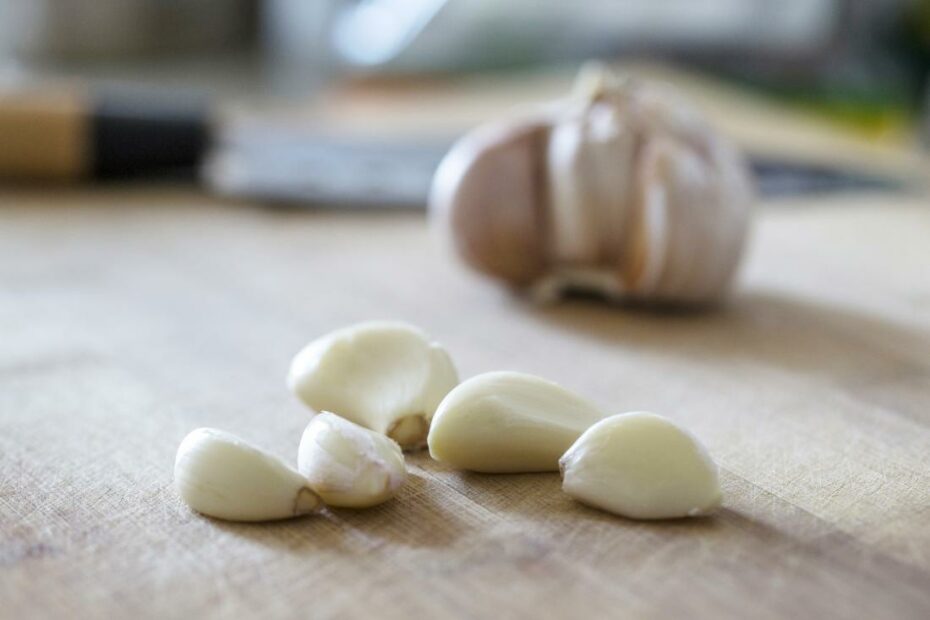What Foods Are High In Penicillin: A Nutritional Exploration
Top 5 Natural Antibiotics
Keywords searched by users: What foods are high in penicillin what foods to avoid if allergic to penicillin, if i’m allergic to penicillin am i allergic to mold, History of penicillin, How to make penicillin, How penicillin changed the world, Write about the use and discovery of penicillin, if you are allergic to penicillin are you allergic to penicillium, There is some controversy over who is responsible for the of penicillin
What Should You Avoid If You Are Allergic To Penicillin?
If you have a penicillin allergy, it’s crucial to steer clear of medications that belong to the penicillin family, such as amoxicillin, ampicillin, amoxicillin-clavulanate, dicloxacillin, nafcillin, and piperacillin-tazobactam. Additionally, it’s essential to be cautious with some drugs in the cephalosporin class, which is closely related to penicillins, as they can sometimes trigger cross-reactivity in individuals with penicillin allergies. Therefore, it’s advisable to consult with your healthcare provider to identify specific cephalosporin drugs that are safe for you if you have a penicillin allergy. This will help you make informed choices and avoid potential allergic reactions.
Where Is Penicillin Found?
Penicillin, which remains one of the earliest and most extensively employed antibiotics, is obtained from the Penicillium mold. This remarkable discovery was first made in 1928 by Sir Alexander Fleming, a Scottish bacteriologist. Penicillin’s significance lies in its ability to combat a wide range of bacterial infections, revolutionizing medicine by offering a highly effective treatment for numerous ailments. Since its initial discovery, penicillin has been widely produced and used in various forms, significantly improving the outcomes of infectious disease treatments worldwide.
Which Food Has Most Antibiotics?
In the realm of natural antibiotics, it’s important to explore various options that our ancestors relied on for healing purposes and which are still embraced by many holistic healthcare practitioners today. Below, we’ve compiled a list of 12 potent natural antibiotics, each with its unique properties and applications:
-
Oregano and Oil of Oregano: Oregano, particularly in the form of oil, is known for its strong antimicrobial properties, making it effective against a range of infections.
-
Raw Apple Cider Vinegar (ACV): ACV is a versatile remedy with its acidity helping to combat harmful bacteria and maintain a balanced pH in the body.
-
Honey: This natural sweetener has been used for centuries due to its antibacterial qualities, making it ideal for wound care and soothing sore throats.
-
Turmeric: With its active compound curcumin, turmeric possesses strong anti-inflammatory and antibacterial properties, making it a staple in traditional medicine.
-
Grapefruit Seed Extract (GSE): GSE is a powerful antimicrobial agent, often utilized for its ability to combat various infections, including fungal and bacterial.
-
Garlic: Known for its allicin content, garlic is a well-regarded natural antibiotic, effective against a wide range of pathogens.
-
Echinacea: Echinacea is a herbal remedy that enhances the immune system, aiding in the body’s defense against infections.
-
Cabbage: This humble vegetable is not only nutritious but also offers natural antibiotic properties, especially when fermented as sauerkraut.
These natural antibiotics have been time-tested and continue to be valuable components of holistic healing approaches. While they may not replace prescription antibiotics in all cases, they provide a complementary and natural means to support health and combat infections. It’s essential to consult with a healthcare professional for guidance on their proper usage and potential interactions with other treatments or medications.
Found 50 What foods are high in penicillin
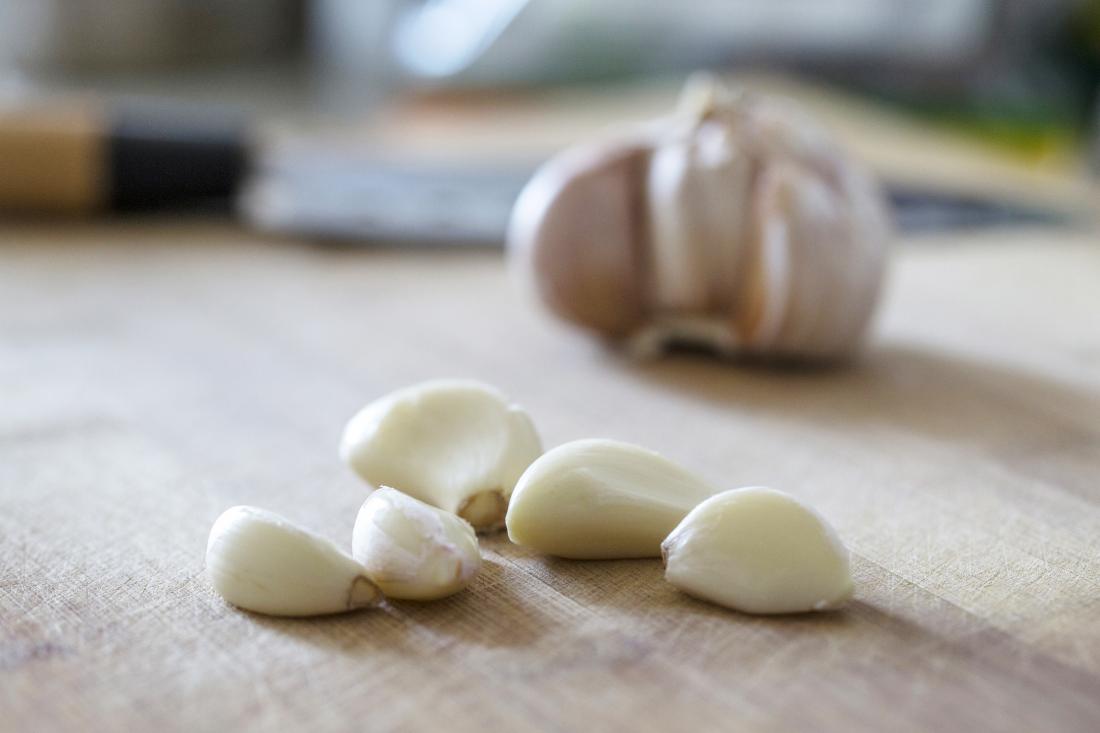
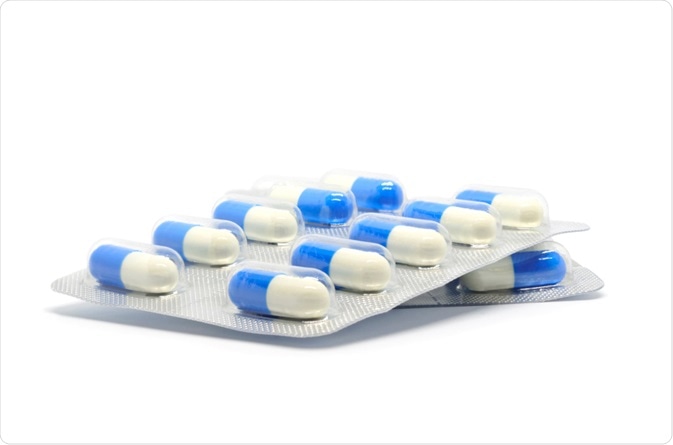

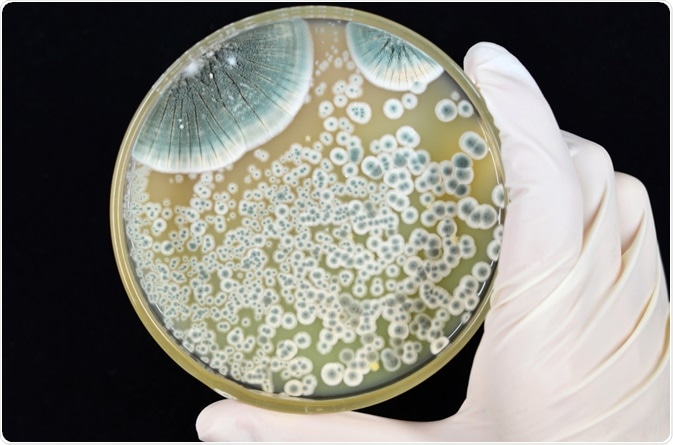
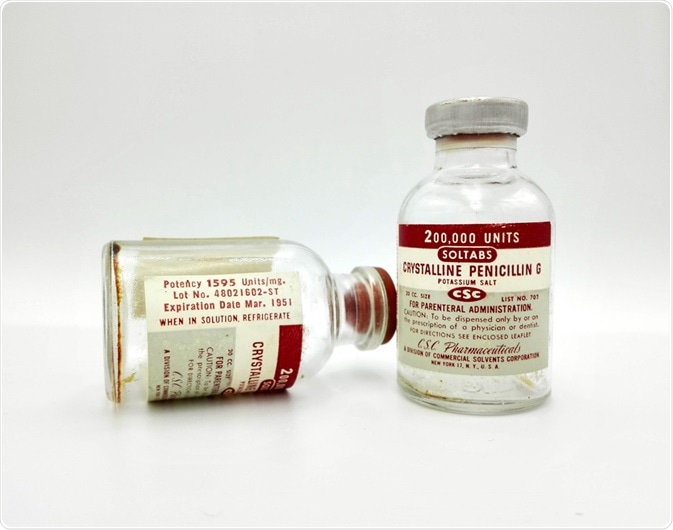
Categories: Details 16 What Foods Are High In Penicillin
See more here: c1.chewathai27.com

Generally, penicillin is not present in food naturally, but there are a few products that may contain penicillin in trace amounts due to the manufacturing process. These typically include cheese, fruits and vegetables, processed grains and various condiments like ketchup or soy sauce.It is generally recommended that you avoid all drugs in the immediate penicillin family (amoxicillin, ampicillin, amoxicillin-clavulanate, dicloxacillin, nafcillin, piperacillin-tazobactam as well as certain drugs in the cephalosporin class (a closely related class to penicillins).penicillin, one of the first and still one of the most widely used antibiotic agents, derived from the Penicillium mold.
- Oregano/Oil of Oregano. …
- Raw Apple Cider Vinegar, or ACV. …
- Honey. …
- Turmeric. …
- Grapefruit Seed Extract (GSE). …
- Garlic. …
- Echinacea. …
- Cabbage.
Learn more about the topic What foods are high in penicillin.
- What is penicillin allergy? – Now Patient
- Penicillin Allergy FAQ | AAAAI
- Penicillin | Discovery, History, Uses, Types, Side Effects, & Facts
- 12 All Natural Antibiotics in Mesa – Dobson Bay Chiropractic
- Guidance on Antibiotic Choice for Patients with Penicillin …
- Penicillin allergy – Symptoms & causes – Mayo Clinic
See more: c1.chewathai27.com/category/money-policy
